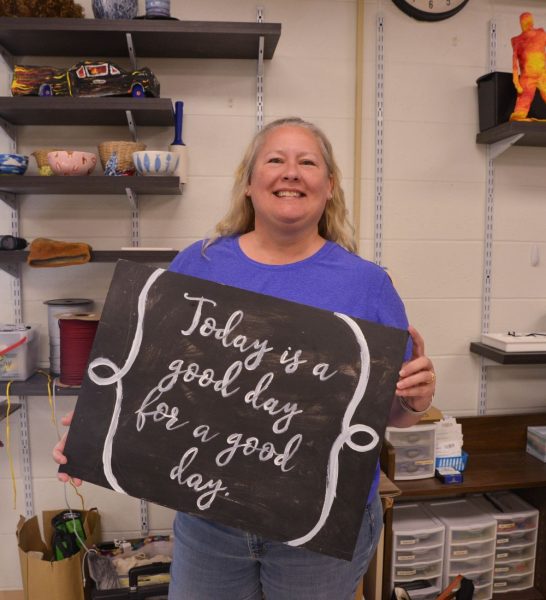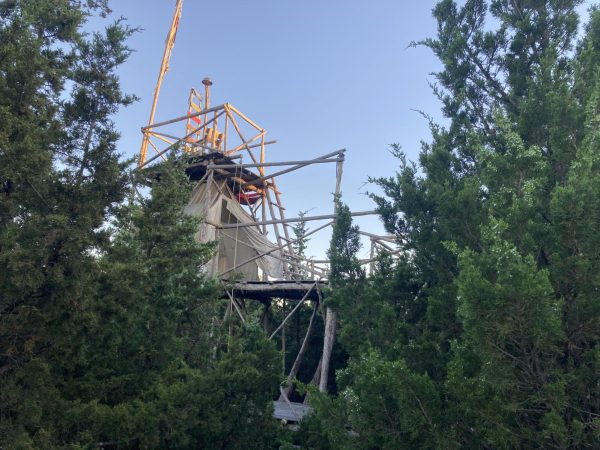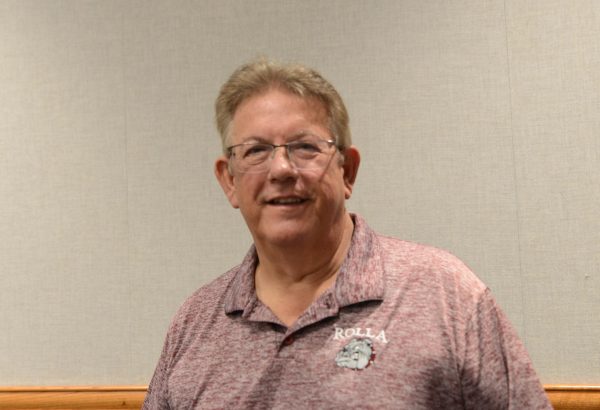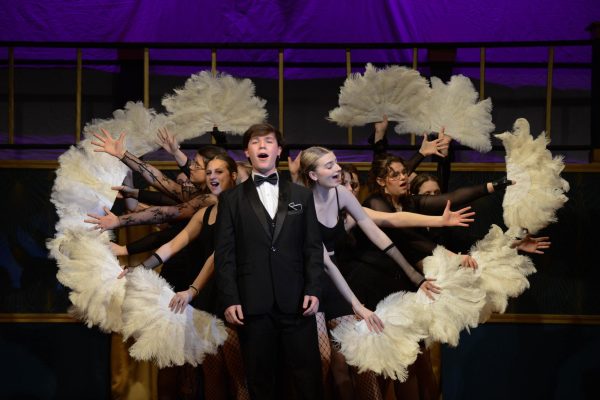Progress in our school district, a look at RHS through history
With the repetition of walking the same hallways, to get to the same classes, it’s easy to forget one’s surroundings and feel as though they are simply “going through the motions,” instead of taking a step back to let it all sink in. What may surprise a few is the history of the school district. According to websites and Superintendent Dr. Aaron Zalis, the school district’s history can be traced back to 1864, starting with the first public elementary school, and 1871 with the first high school located in the old Rolla Building on the Missouri School of Mines campus.
“The district used to be on the now-Missouri University of Science and Technology campus. So when you go to Centennial Hall, there’s a building there where the upstairs was for the boys, and the downstairs for the girls, and it was called a prep school,” Dr. Zalis said.
According to a document Dr. Zalis read, the prep school was later discontinued by the state in 1893 for unknown reason, and in 1895, the Rolla Board of Education set aside two rooms of Central Hall for organizing a two-year high school. As years went by, the high school was transferred to different areas in Rolla, each time expanding in size and number of students. Dr. Zalis believes expansion of the school district nowadays can be found in communicating what does and does not work for the community.
“We have to make sure we communicate well with everyone in the community because it’s not me getting my way, it’s what the community supports, and our job is to make recommendations based upon information that we have. The history of the district is also important, because we have a history of being relatively conservative with our budget and we don’t wildly fluctuate after fads as much as we try to stay on course. So I think listening to the community, starting with the people inside the district -teachers and students- and then taking it out to the community and asking, “What do you think about these ideas?” The district evolves based upon that feedback. If it’s not supported by everybody, it doesn’t really matter what I think,” Dr. Zalis said.
When asked more specifically about the conservatism around the school budget, Dr. Zalis elaborated.
“People don’t like to have their taxes raised, and that’s how schools are paid for. It’s kind of like taking a mortgage on a house. When you’re building a school district, you’re asking voters of the community to let your district borrow money to build on. It’s kind of like fixing up a house. If you want to finish your basement for example, you have to borrow money and the taxpayers will have to pay that back. Right now, we just finished a ten year facility study, and one of the things left on that list for the district is an auditorium for the high school. We’ve got drawings and planning already in place, but that doesn’t mean that’s exactly what it’ll look like. We spent the whole year going to every building with a committee made up of people from the community, who heard our idea and came up with some basic recommendations on how we might improve the school district. One of the things we left on the last plan is the auditorium. We weren’t able to implement the auditorium, because when we went out and talked to people, they liked the idea, but they just didn’t want to raise their taxes that much. So we thought we’ll take that off, regroup, and come at it another time,” Dr. Zalis said.
In terms of the possible budget dispute discussed among students and members of the community, a lack of understanding may be why some sides believe one activity receives more income than the other.
“Anytime we ask in a survey, the people of the arts are going to say they don’t get enough, the people of the athletics are going to say the same, and the people that are neither are going to say you spend too much on the athletics. So part of it will be our job to inform people on how that works, but we do try to give everybody everything they need. There isn’t a favorite program for me, because everybody in this district has something they’re interested in that’s very important to that person. I want everybody to have what they need to find that passion and that purpose. I think that’s what school is supposed to be about,” Dr. Zalis said.
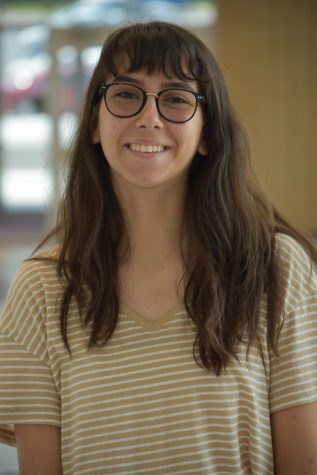
Hey to whoever is reading this! I’m Julia, a junior, and this is my first year in echo. You might also see me in French Club, Link Crew, and StuCo. Feel...



